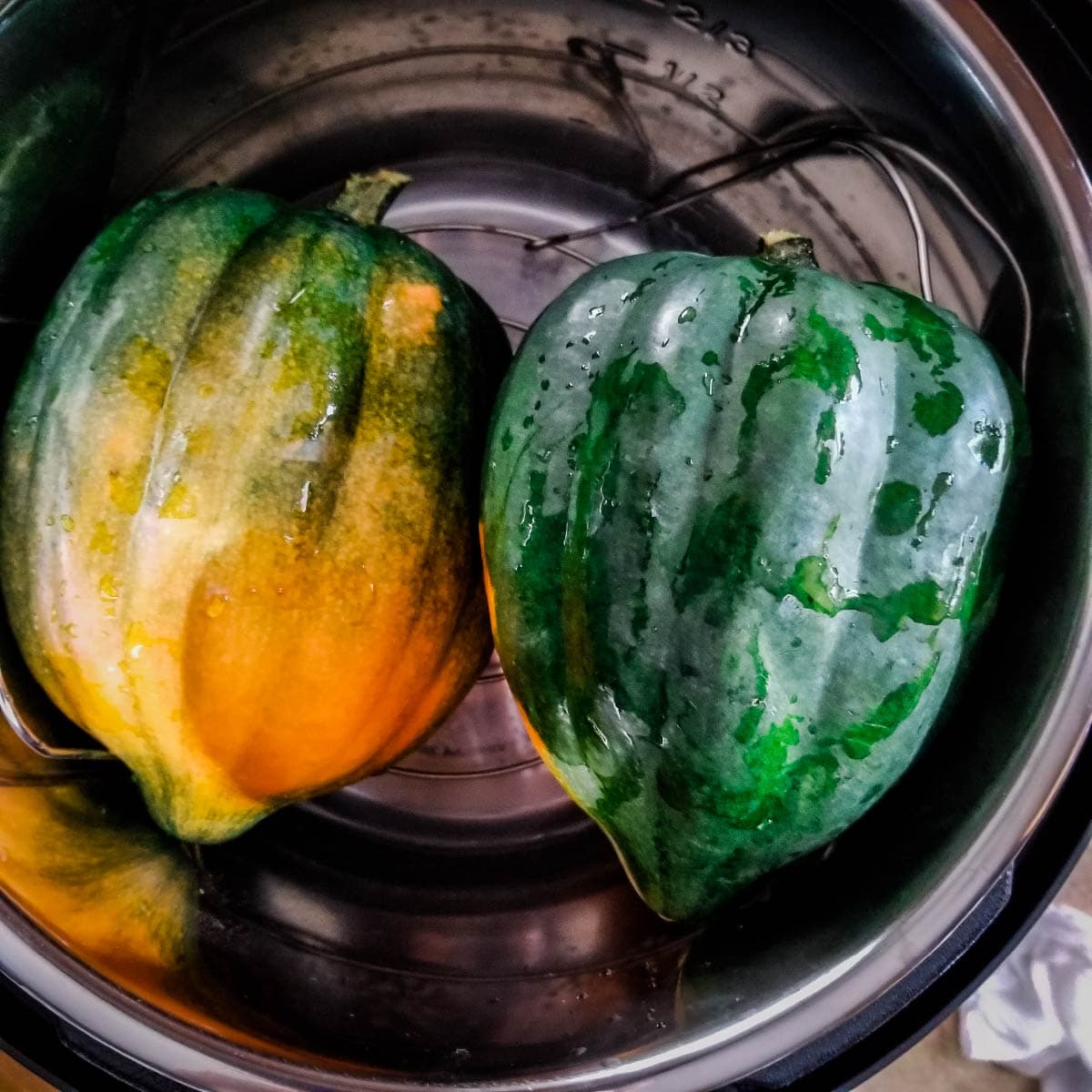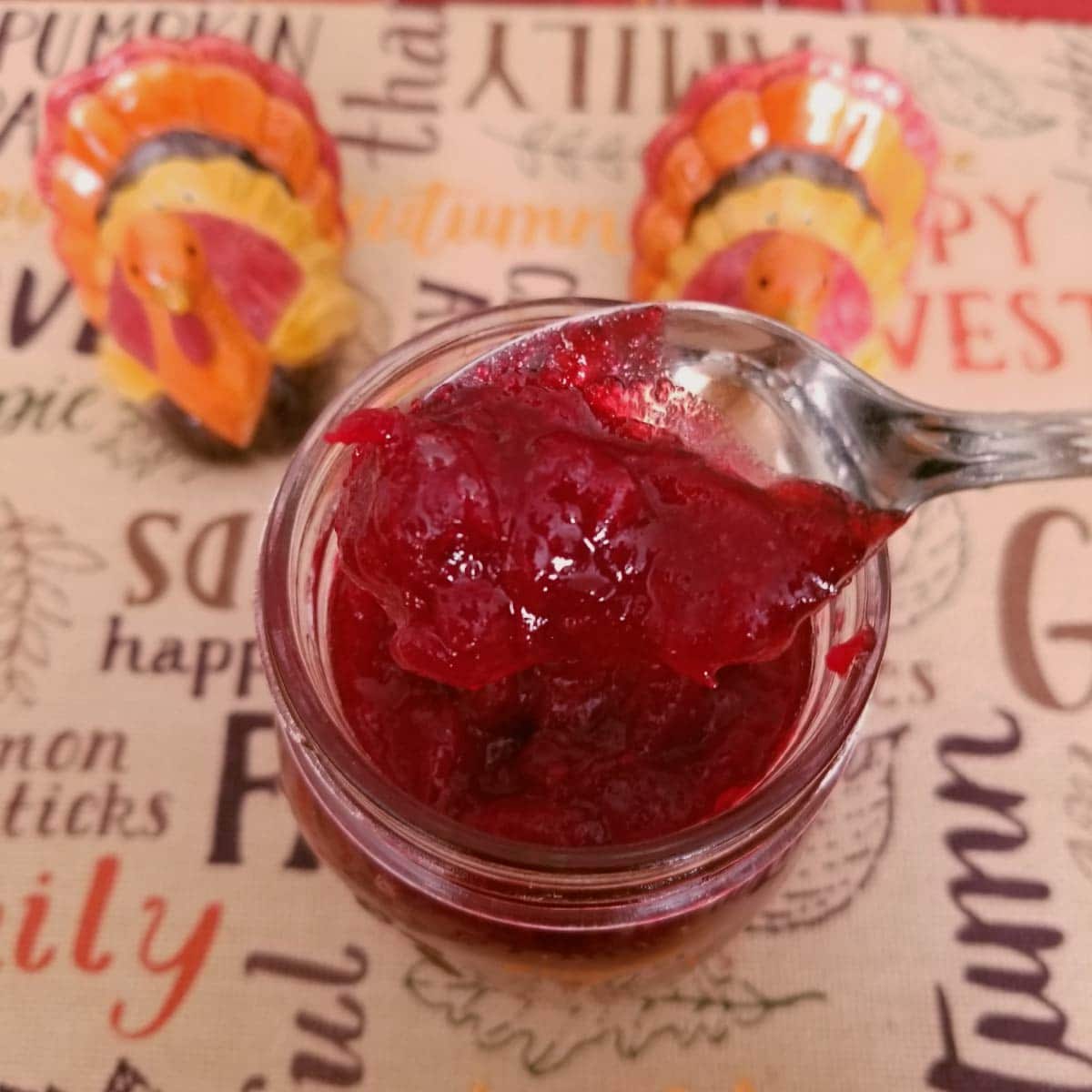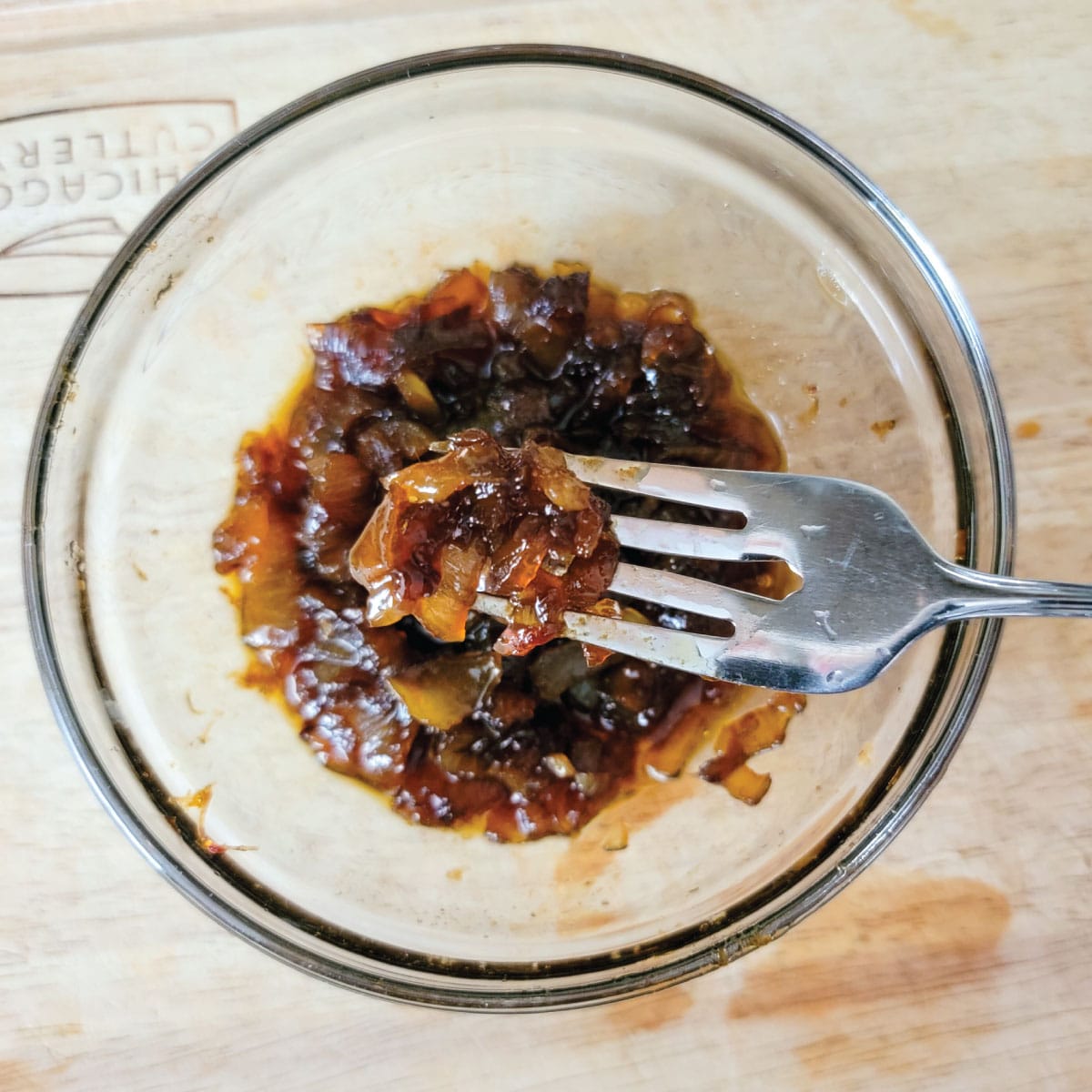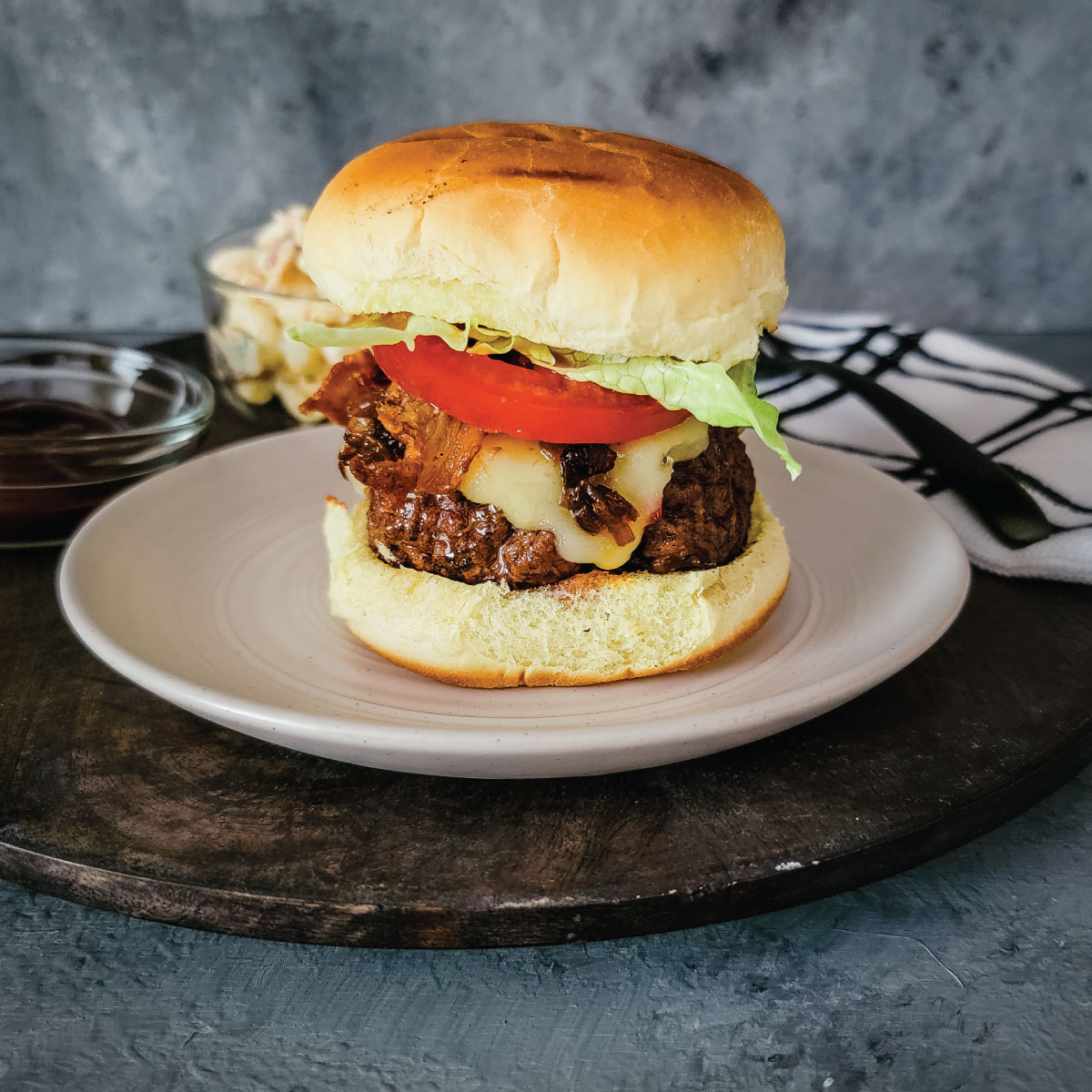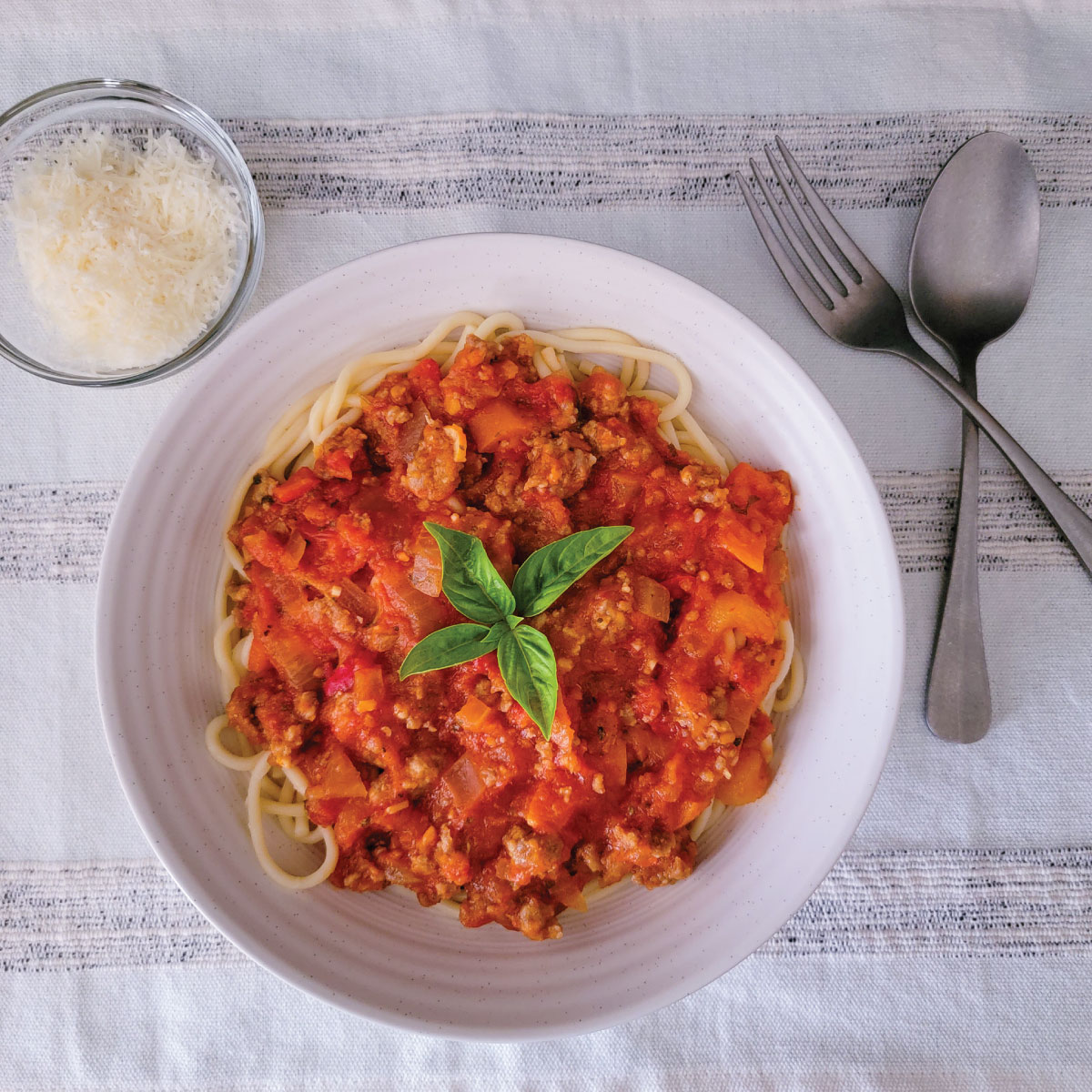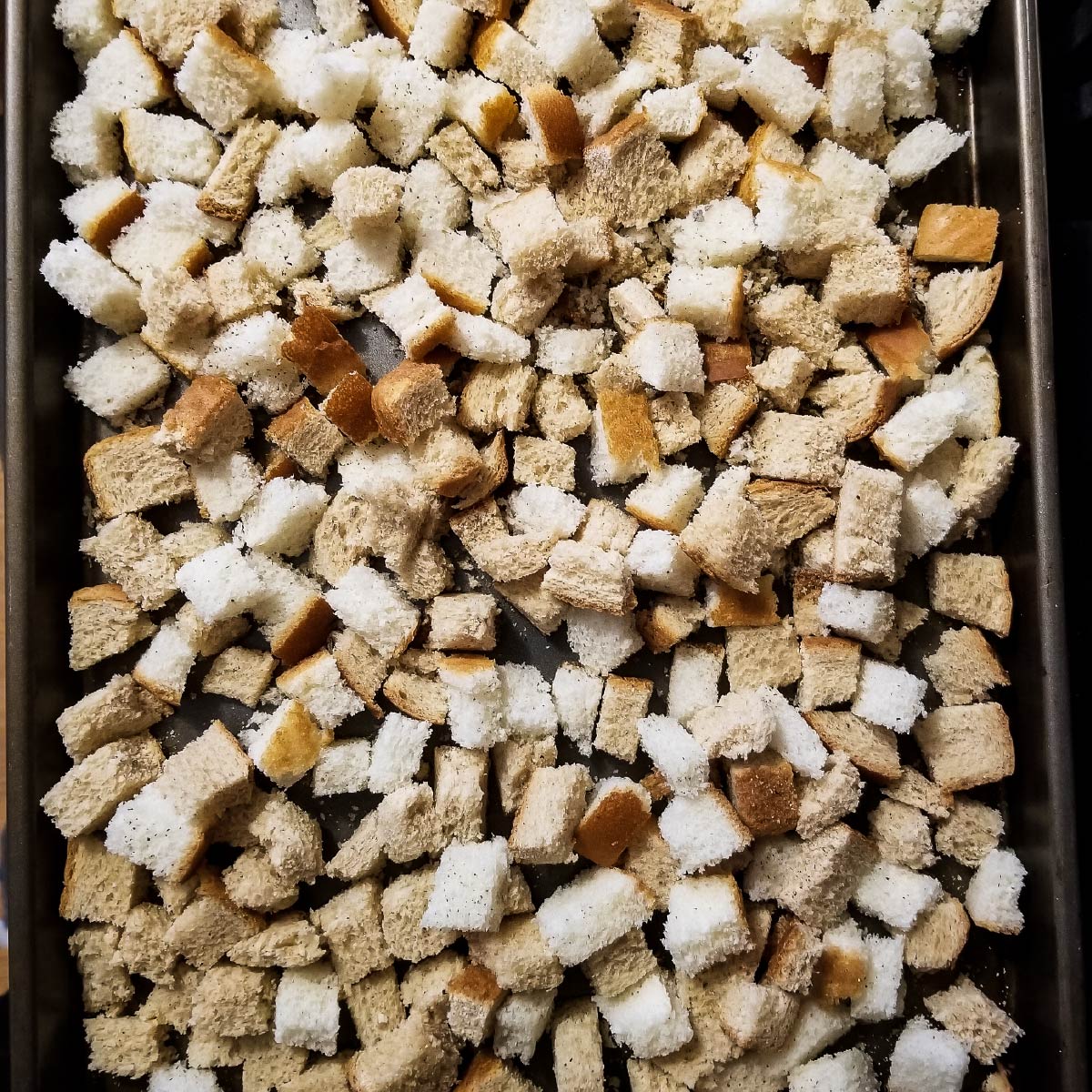Homemade Hot Sauce Made Easy
Homemade hot sauce is real easy to make and a great way to use hot peppers from your garden! There are so many things you can add to your sauce to change the flavor, the possibilities are endless. You will never want to buy it at the supermarket again once you make your own.
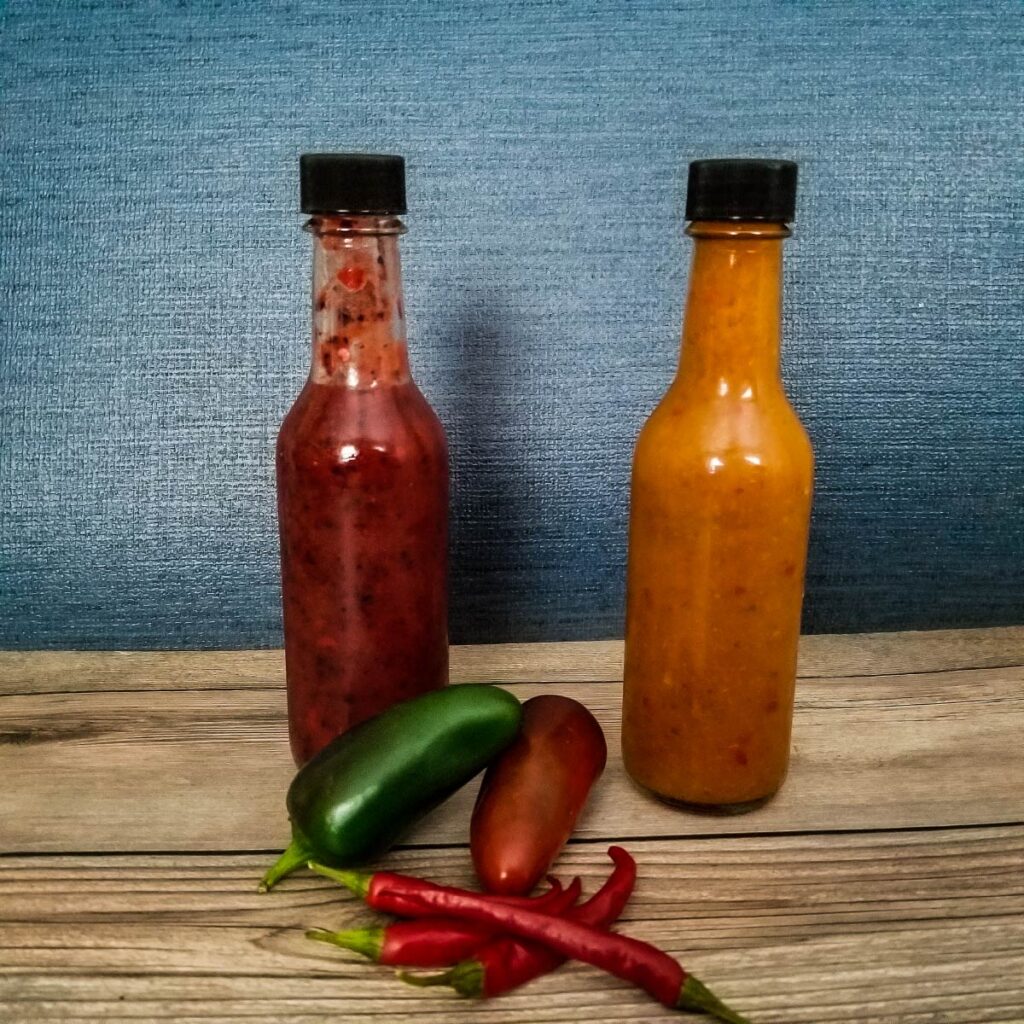
If you are like me, you love hot things. Well all but the hot weather, that can be a bit too much for me. But for me, hot sauce has to have a good flavor. Not just a standard old supermarket sauce. Before making my own I always specialty ones like the pineapple habanero which is delicious by the way! I tried it from a local hot shop, but otherwise I have only found it on Amazon.
Last year and this year I started to grow hot peppers. If you have ever grown them before, you will know what I mean when I say I started to have a lot of hot peppers! My garden struggled a lot this year, but my dragon cayenne peppers were growing strong. Tho I also have dried them and ground them down to a powder, I also started to enjoy my own homemade sauce.
I only make the hot sauce with fermented vegetables and fruits so it does take a few days of sitting, but it lasts longer then cooking. Fermenting is a very easy process, don’t let that scare you! It just takes days of sitting before you can finish it. I usually let it sit about 5-7 days.
Usually I share full recipes, but this is going to be more of a “how to” overall so you can make it how you want. I will offer you options tho so you are not left in the dark on what to add, but this is time to let your creativity shine!
There are a few things you will need and a couple things you will want to make it easier.
We use affiliate links on our site. This post may contain affiliate links and we may earn a commission on qualifying purchases. Please see our affiliate disclosure for more details.
Things you will need
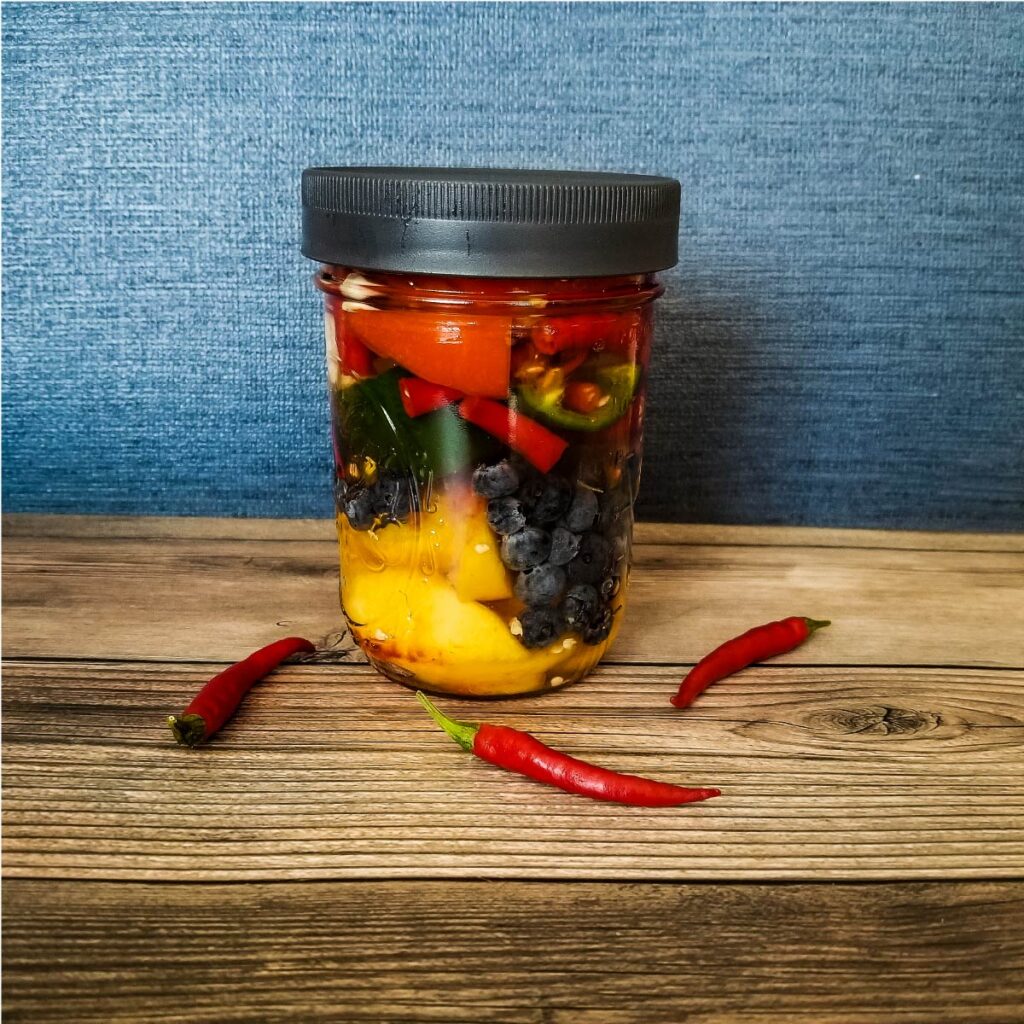
First I would like to start with things that you will need and want:
- Gloves – you will not want to handle too many hot peppers without them. We used both vinyl and plastic, but the plastic gloves here are cheaper and perfect for food prep. You need to be sure your gloves are not cleaning gloves and they are food safe.
- Hot sauce bottles – these are 5 ounce bottles and are recommended for easy use of your hot sauce.
- Smaller funnels – you will need a smaller funnel then the standard funnel for filling a 5 ounce bottle. Trust me, I know this from making a mess on the counter using my regular funnel. This package has a variety of sizes which is great if you want to dry and grind spices too.
- Fermenting lids – These are the ones we use, but we also have Ball jars. There are many other lids you can get, this just gives you an idea of what we used.
- Glass jars – I would only recommend glass here. These are probably cheaper in your local stores, but this is the one we use.
- Fermentation weights – Some kits come with weights, but if not they come in handy. Without them, you run the chance of mold on any food not kept in the fermenting liquid.
- Pickling salt – There are a couple different brands to choose from and you could probably find it in your local store, but not always. We use either Ball (in the canning aisle next to the jars) or Morton’s (usually in the spice aisle with regular salt.) It will say pickling and canning, don’t use regular salt here.
- Non chlorinated water (just use a filter if you have town water with chlorine or even bottled water), it is possible the chlorine might alter the fermenting process.
- Chopper – Being we only make enough for a couple of bottles at a time, we prefer to use a smaller device to puree it. If you are making more, you can use a blender. This is the one we use and so far we love it! I use it to make pesto too.
You can probably find a kit for fermenting that has everything together, I just share what works for us. It’s not the only option tho!
One thing that is very important tho is that you do get fermenting lids. They keep oxygen out while releasing carbon dioxide from the ferment. This is important!
Another thing to be careful with is making sure all of your food is in the fermenting liquid. It doesn’t affect the whole ferment, but you will need to throw out any pieces of food not fully submerged or they might get moldy. Weights come in handy for this – preferably not metal unless part of a kit from a reputable company. Stainless steel is generally safe for fermenting, but it needs to be a higher quality stainless steel.
Making the homemade hot sauce
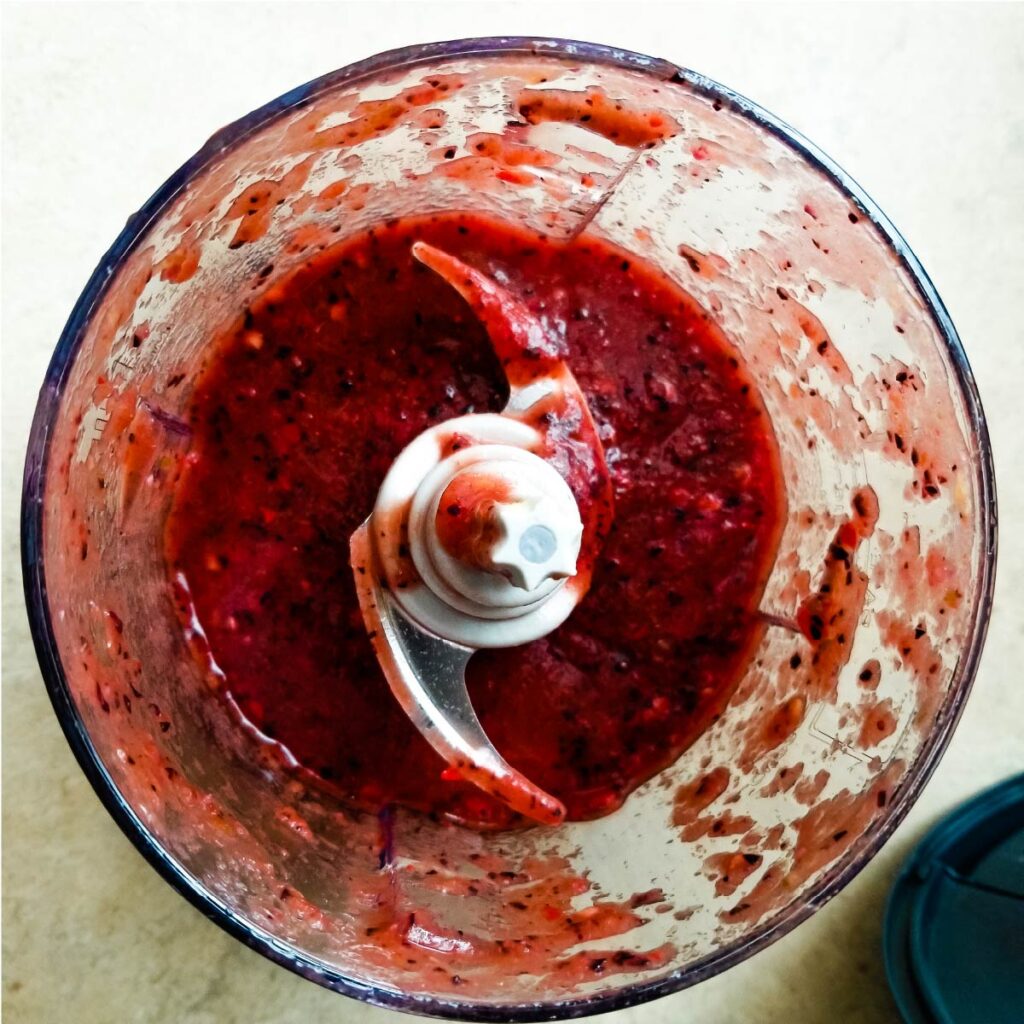
Here is where it gets fun and creative!
I like to experiment with different things. We have a lot of dragon cayenne peppers which are smaller regular cayenne pepper and a tad bit hotter. Our homemade hot sauce isn’t as hot as some of the specialty ones since the hottest pepper I grew this year is the dragon cayenne, but seriously have fun and use any hot peppers! Habaneros make an amazing sauce too.
The brine:
This is very important as it is going to properly ferment your ingredients. I know 2 teaspoons of salt sounds like a lot for 2 cups of water, but you are not adding all of the brine to the hot sauce. Also this will be more brine then you need, but we all add different amounts of veggies to our jars so you want to make sure there is enough to fill.
For a pint sized jar – take 2 teaspoons of pickling salt and dissolve it in the non chlorinated water. I heat it in a sauce pan slightly until dissolved. Allow to cool to room temperature.
The other ingredients:
This is all up to you here! We do like a peach in ours with just about every one we make. Sometimes we add blueberries and sometimes we just add sweet peppers with it. For us we use 2 jalapeno peppers, 2 cayenne, 7 dragon cayenne and anything else we want to add (blueberries, peaches or anything else.) We also add 2-3 cloves of garlic chopped. They can be chopped in big pieces. It has a kick with a nice flavor, but not overpowering with just hot.
Be sure that you wash all the produce before fermenting it. If anything is store bought, use a little vinegar to wash it first. For the peppers, remove the stems and the seeds are optional. We leave them in or you can remove them. Blueberries we leave whole, but peaches we peel and slice.
Putting the homemade hot sauce together:
Layer your ingredients in the jar. It really doesn’t matter too much what goes where, but I would put heavier ingredients toward the top. Peppers will float to the top which can be a problem if you don’t have weight on it to keep it under the brine.
Pour the brine over your pepper mix and put a weight on it to keep it all in the brine. Place the fermenting lid on and place it in a dark place at room temperature for 5-7 days. I just keep it in the corner on my counter out of light. You can even wrap a paper towel around the outside to block light – just make sure that you don’t block the top so it can vent.
After the 5-7 days you will see the brine looking a little cloudy, this is perfect! Strain the brine into a bowl. Pour your fermented veggies/fruit into a chopper. Add in 2-4 tablespoons of brine (this depends on how thick you want your sauce) and 1 teaspoon apple cider vinegar (optional.) Blend it all together and you have hot sauce! Pour into jars for easy serving.
Depending on the amount of produce you add and the amount of brine you use, one pint should make 1.5 – 2 bottles (5 ounce bottles) of homemade hot sauce.
Frequently asked questions
Yes but if any produce floats to the top out of the brine, that produce needs to be thrown out. You can place thicker sliced carrots on top to weigh down your ingredients and then throw the carrots away. I have had success with filling it to the very top and placing the heaviest veggie on top. But you are taking a chance of needing to throw something away if it isn’t in the liquid.
No I do not recommend using less salt. It is there to safely ferment your produce and your sauce will not be very salty.
I highly recommend gloves! Hot peppers can create a burning sensation in your hands for hours to come if you handle them without gloves. Avoid touching your face, eyes or any sensitive body part while handling peppers.
No you do not! This is a personal preference and we do not remove the seeds every time.
This is a personal preference. If you add vinegar it will extend the shelf life greatly but at the expense of taking out the probiotics. We use vinegar here to extend the shelf life – with as much as I make we wouldn’t use it fast enough. But fermented foods add a benefit of probiotics and you will lose them if you add vinegar.
If you don’t add vinegar, yes it has to be refrigerated after you make it. If you add vinegar, it is optional but we store ours in the fridge.
The possibilities are endless with flavors here! I eat homemade hot sauce on almost everything (well maybe not ice cream), but it goes well with just about everything else like grilled chicken breasts.
Another great ferment is refrigerator pickles, tho they get fermented in the fridge instead of room temperature.

